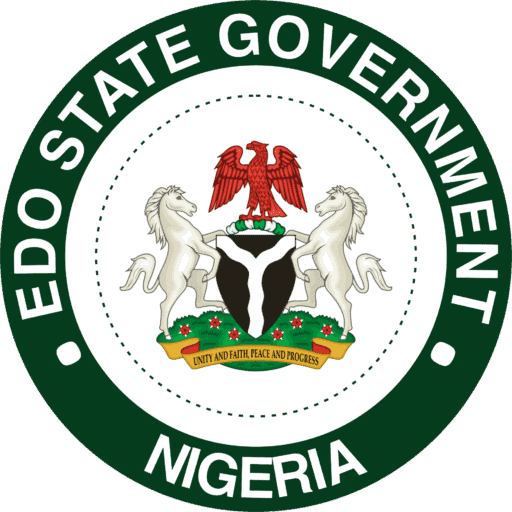
Ministries, Departments & Agencies
©2024 Edo State Government

©2024 Edo State Government
The Edo State Emergency Management Agency (EDOSEMA) is the vanguard of disaster preparedness, response, and recovery in Edo State, Nigeria. As the coordinating body for all emergency management activities, we are dedicated to safeguarding lives, property, and the environment from the devastating impacts of natural and man-made disasters.
Our Vision
A resilient Edo State, where communities are empowered with the knowledge and resources to mitigate, respond to, and recover from emergencies swiftly and effectively.
To lead and coordinate comprehensive emergency management efforts throughout Edo State, fostering:
Proactive Preparedness: Equipping individuals and communities with the tools and knowledge they need to prepare for and mitigate risks.
Swift Response: Deploying resources and personnel rapidly to minimize the impact of disasters and provide immediate relief.
Effective Recovery: Supporting communities in rebuilding their lives and livelihoods after emergencies.
Sustainable Development: Integrating disaster risk reduction into development planning to create a safer and more resilient future for all.
Collaboration: We foster strong partnerships with local, state, and national agencies, as well as community organizations, to leverage collective expertise and resources.
Integration: We ensure seamless coordination among all stakeholders involved in emergency management, from first responders to community leaders.
Efficiency: We prioritize effective and efficient use of resources to maximize our impact in every phase of emergency management.
Sustainability: We champion sustainable practices that build long-term resilience and minimize the environmental impact of disasters.
We orchestrate the coordinated response of all relevant agencies during emergencies, ensuring efficient communication and resource allocation.
We conduct hazard identification and risk assessments, develop emergency response plans, and implement mitigation measures to reduce the impact of potential disasters.
We provide comprehensive training programs for staff, volunteers, and community members to enhance their preparedness and response capabilities.
We raise public awareness about disaster risks, preparedness measures, and evacuation procedures through various channels.
We procure, maintain, and deploy essential equipment and supplies for emergency response and recovery.
We promote research on disaster management and adopt innovative technologies to improve our response capabilities.